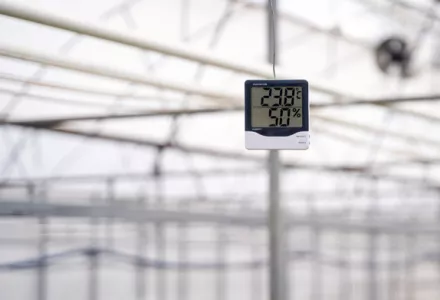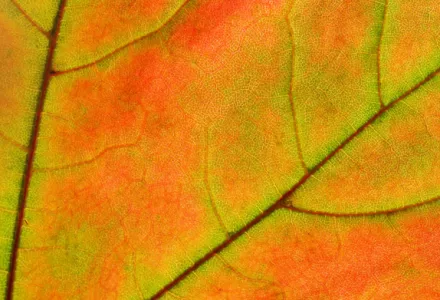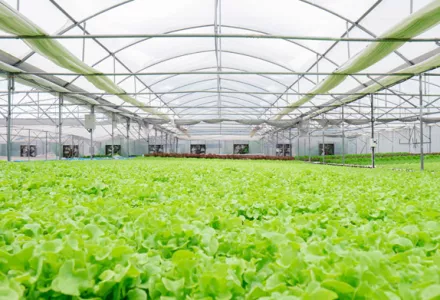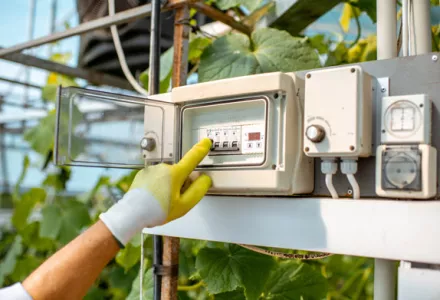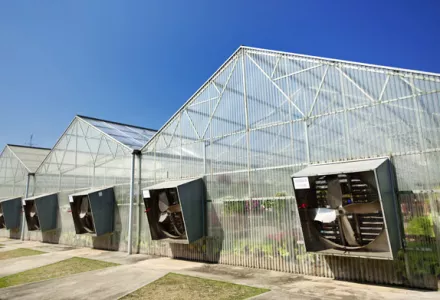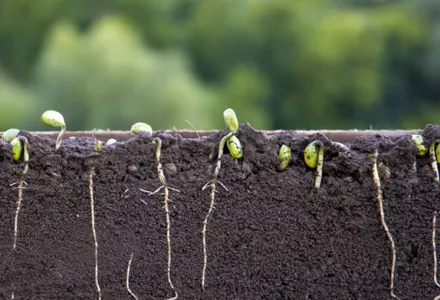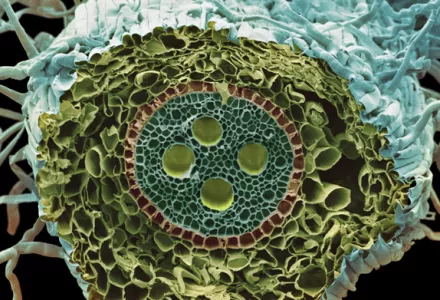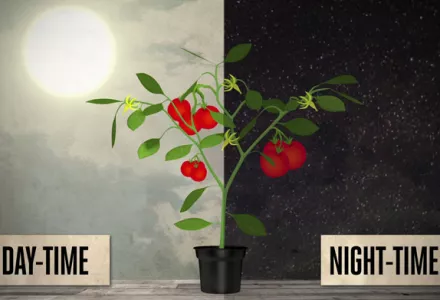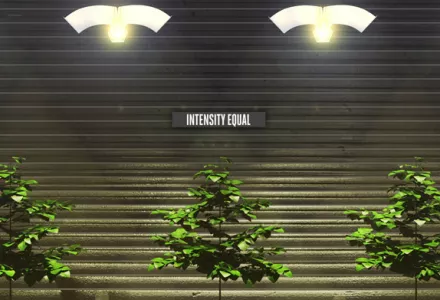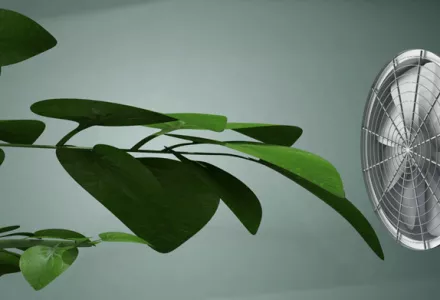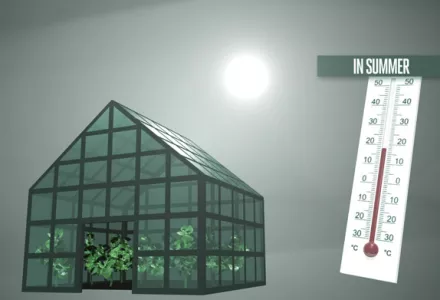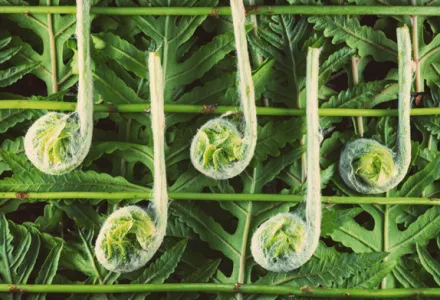Temperature is a key factor in plant growth and development. Along with the levels of light, carbon dioxide, air humidity, water and nutrients, temperature influences plant growth and ultimately crop yields. All these factors should be in balance. Temperature influences the plant in the short term as well as the long term.
Not surprisingly, a great deal of research work has been done into proper temperature strategies for efficient greenhouse production. However, the optimum temperature for a plant depends on a range of factors. A plant’s reaction to the atmospheric temperature around it depends on which stage of development that plant is in. Plants have a kind of biological clock which determines their sensitivity to temperature.
Differences between air temperature and plant temperature
Most biological processes will speed up at higher temperatures, and this can have both positive and negative effects. For example, faster growth or fruit production is one benefit, in most cases. However, the excessive respiration that occurs is adverse because it means that there is less energy for fruit development and the fruits will be smaller. Some effects are short term, while others are longer term. The plant’s assimilation balance, for example, is influenced by the temperature and is affected immediately. Flower induction, on the other hand, is determined by the climate over a much longer period.
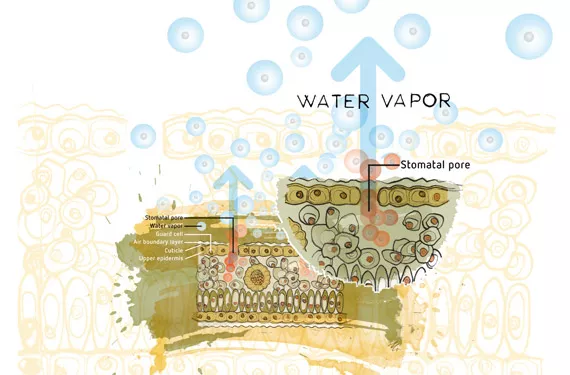
Plant temperature and air temperature are not equal because plants are able to cool off through evaporation and warm up through irradiance. Plants seek to reach their optimal temperature, and a balance between air temperature, relative humidity and light is important in this. if light levels are high, the plant will heat up, resulting in a difference between plant temperature and air temperature. To cool down, the plant’s transpiration rate must increase. As well as temperature, the transpiration rate depends on environmental conditions such as light, the level of atmospheric CO2 and relative humidity, but also on the species of plant.
Plants consist of different parts which all react differently to temperature. The temperature of the fruit is closely in line with that of the air; when the air temperature rises, fruit temperature also rises and vice versa. However, the fruit temperature will fluctuate less than air temperature and it will also take longer (sometimes a couple of hours longer) to rise or fall than the air temperature does. The temperature of the flowers, by contrast, is higher than air temperature or leaf temperature, and the petals transpire at a much lower rate than the leaves. The plant temperature at the top of the canopy will undergo larger fluctuations than that at the bottom of the canopy. The top will also heat up more easily through irradiance and therefore reach higher temperatures than the air when light levels are high.
Vapor Pressure Deficit
The relative humidity of the environment depends on temperature and wind speed. Higher temperatures generally lead to increased transpiration. This is partly because the molecules move faster, but warm air can also accommodate more water vapor. when there is no air movement, the air around the leaves will become saturated with water vapor, slowing down the process of evaporation. if the air is saturated with water, a film of water will condense on and around the leaves providing a good environment for pathogens, which can attack the plant.

The difference in water vapor content between the air and the saturation point is called the vapor pressure deficit (VPD). The higher the vPd, the more water the plant can give off through transpiration. However, if the vPd is too great, the plant can become stressed because it is unable to replace the amount of water which it is losing through transpiration. This does not cause a problem for short periods – the plant will absorb enough water the following night to recover. but when the vPd stays high for a longer period, the plant is unable to recover the next night and irreversible plant damage such as burned leaves or petals can occur.
Leaf thickness measurements give a visual impression of the potential of a plant to recover. The leaves actually become thinner during the day because they lose water through transpiration, but when a leaf is thinner on one night than it was the previous night, this is a sign that the plant has failed to recover. So it might seem tempting to keep VPD levels low to avoid any damage, but under these conditions the plant is not stimulated to grow and be active, which can have negative results when the plant is confronted with situations of stress.
Overall, a comparison with the rev-counter of a car can be made. As the engine speed increases, the needle of the rev-counter goes higher and enters the red zone. This will not damage the engine immediately, but it will if the needle stays in the red zone for too long. For most plants, the vPd should be between 0.45 and 1.25 expressed in kilo Pascal (kPa the unit for pressure) with an optimum of around 0.85kPa. The VPD follows more or less the same pattern as the ambient irradiance levels; in the morning it rises, as the sun starts shining, reaching a peak around noon and then gradually decreases again. To calculate the vPd, the air temperature, plant temperature and relative humidity must first be known.

Stomata
Plants are able to regulate the process of transpiration and cooling by using specialized plant organs called stomata. The stomata are tiny holes in the leaves which can open or close, limiting the amount of water vapor that can escape. The higher the temperature rises, the more the stomata will open. It is difficult to measure the aperture of the stomata, so we can use the VPD to estimate this. As the stomata open wider, more gases can move into and out of the leaves.
Environmental factors influence the rate at which this process (stomatal conductance) occurs – for example, higher relative humidity leads to more rapid conductance, while higher co2 levels will depress the rate of stomatal conductance. But conductance is also influenced by factors other than environmental ones, such as plant hormones and the color of the light that the plant is receiving (the wavelength). The plant hormone abscisic acid will regulate the ion concentration in the stomata and cause the stomata to open very quickly, within just a few minutes. Light at shorter wavelengths (around 400-500 nanometre (nm), which is blue light) causes the stomata to open wider than light at longer wavelengths (around 700 nm, which is red light).
Optimum day and night temperatures
Different processes occur in the plant during the day and at night, and the optimum temperature for the plant will differ accordingly. The transportation of sugars occurs mostly during the night and mainly towards the warmer parts of the plant. The leaves cool faster than the fruits and flowers, and therefore most of the available energy goes to these parts of the plant, which need the energy to grow and develop.
The optimum day and night temperature combinations were investigated in the world’s first air-conditioned greenhouse, a phytotron, at the California Institute of Technology in 1949. The experiments demonstrated that tomato plants grew taller under a combination of a high temperature during the light period and a lower temperature during the dark period than when the temperature was kept constant. This ability of the plants to ‘distinguish’ between temperature variations during the day and night is called thermoperiodism, and it is has an effect on flowering, fruiting and growth.
The amount of sugar that is transported to growing tissue, where the energy is needed to fuel higher levels of respiration, can be restricted when night temperatures are higher, and thus growth can also be restricted. It was also found that stem elongation can occur with a combination of high day-time temperatures and low nocturnal temperatures. A low nocturnal temperature improves the water balance in the plant which is the main reason for increased stem elongation. So temperature can be used as a tool for regulating plant height, but low nocturnal temperatures can also save energy. The term thermomorphogenesis is used to describe the thermoperiodic effects on plant morphology.
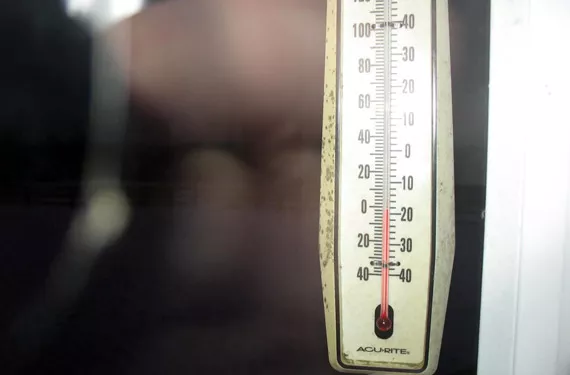
The optimum air temperature also depends on the light intensity and the amount of carbon dioxide in the air. Plants function in a similar way to cold-blooded animals, in that their metabolism and the rate of photosynthesis increase in line with the ambient air temperature. when temperatures are very low (how low depends on the variety of plant), hardly any photosynthesis will occur, regardless of how much light there is. The rate of photosynthesis increases as the air temperature rises. when light and temperature are in balance, the level of ambient CO2 will be the limiting factor. if there is enough CO2 available, the rate of photosynthesis will increase as the temperature rises, although other factors do also play a role, such as the enzyme RuBisCo.
RuBisCo is critical for photosynthesis. In some cases, a process known as photorespiration will occur – this is when the RuBisCo binds with oxygen instead of carbon dioxide, as would happen during normal photosynthesis. The level of CO2 and the optimum temperature will both be lower at low light levels than at high light levels, and enzyme activity also increases at higher temperatures.
Drop and temperature integration (DIF)
The concept of DIF concerns the relationship between day and night-time temperatures. The effects of diurnal temperature alternation on the lengthways growth of plant stems depends on the difference (DIF) between day and night-time temperatures (which is calculated by subtracting the night-time temperature from the day-time temperature), rather than on separate and independent responses to day and night-time temperatures. In other words, it is this temperature difference that is important, as well as which is higher – the night temperature or the day temperature.
The growth of foliage is not greatly affected by DIF, but the growth of the internode stem sections is affected. Plants grown under a positive DIF are taller than plants grown at a zero DIF, and plants grown under a zero DIF are taller and have longer internodes than plants grown under a negative DIF. other important morphogenetic responses to negative DIF (i.e. when the day-time temperature is lower than the night-time temperature) include shorter petioles, flower stems, flower peduncles and leaves.

Differences in internode elongation and leaf expansion are the result of differences in the process of cell elongation and/or cell division. When DIF is negative, both of these processes are inhibited and this may be the result of reduced gibberellin activity in the sub-apical meristem (a plant tissue responsible for growth). Gibberellin is a plant hormone which stimulates plant growth. DIF has the greatest effect on stem elongation during the period of rapid growth, so seedlings are more sensitive than adult plants to differences between day and night temperatures. Negative DIF at an early stage of stem elongation is therefore important to limit plant height.
Stem elongation can also be caused by a shorter temperature drop (of about two hours) during the 24-hour daily growth cycle, generally at or just before the first daylight, but during the dark period. Responsiveness to temperature changes seems strongest during the first hours of the light period in long-day plants, short-day plants and day-neutral plants. Thus a temperature drop during the last two hours of the night will affect plant height. This is usually easy to accomplish in greenhouses during the autumn of cool climate zones because of the naturally low night temperature.
The variation in the sensitivity of stem elongation to temperature within the day period and night period may be controlled by an endogenous growth rhythm. A circadian growth rhythm (lasting about 24 hours) was identified in 1994 in chrysanthemum. Plant stem elongation is not constant during a 24-hour light and dark cycle. Both short-day plants and long-day plants grown under flower-inductive conditions elongate more rapidly during the night than the day. Orchids need a period of low night temperature to flower.
Temperature integration is one strategy used by growers. A minimum and maximum temperature for the crop is determined and the temperature is allowed to vary as long as the average temperature over a longer period is maintained. This strategy utilizes natural heat as much as possible.
Air temperature is a primary environmental factor that affects plant development and growth rate. However, air temperature is never an isolated issue. every factor in plant growth interrelates with every other factor and the challenge is to find any weak link in the chain. This article has explored many of these factors, but there are still others which are just as important, such as water balance and therefore, indirectly, transpiration. everything that is or will occur in the plant does so under the first control point of air temperature; getting this right is the first step on the long road to successful crop production.

